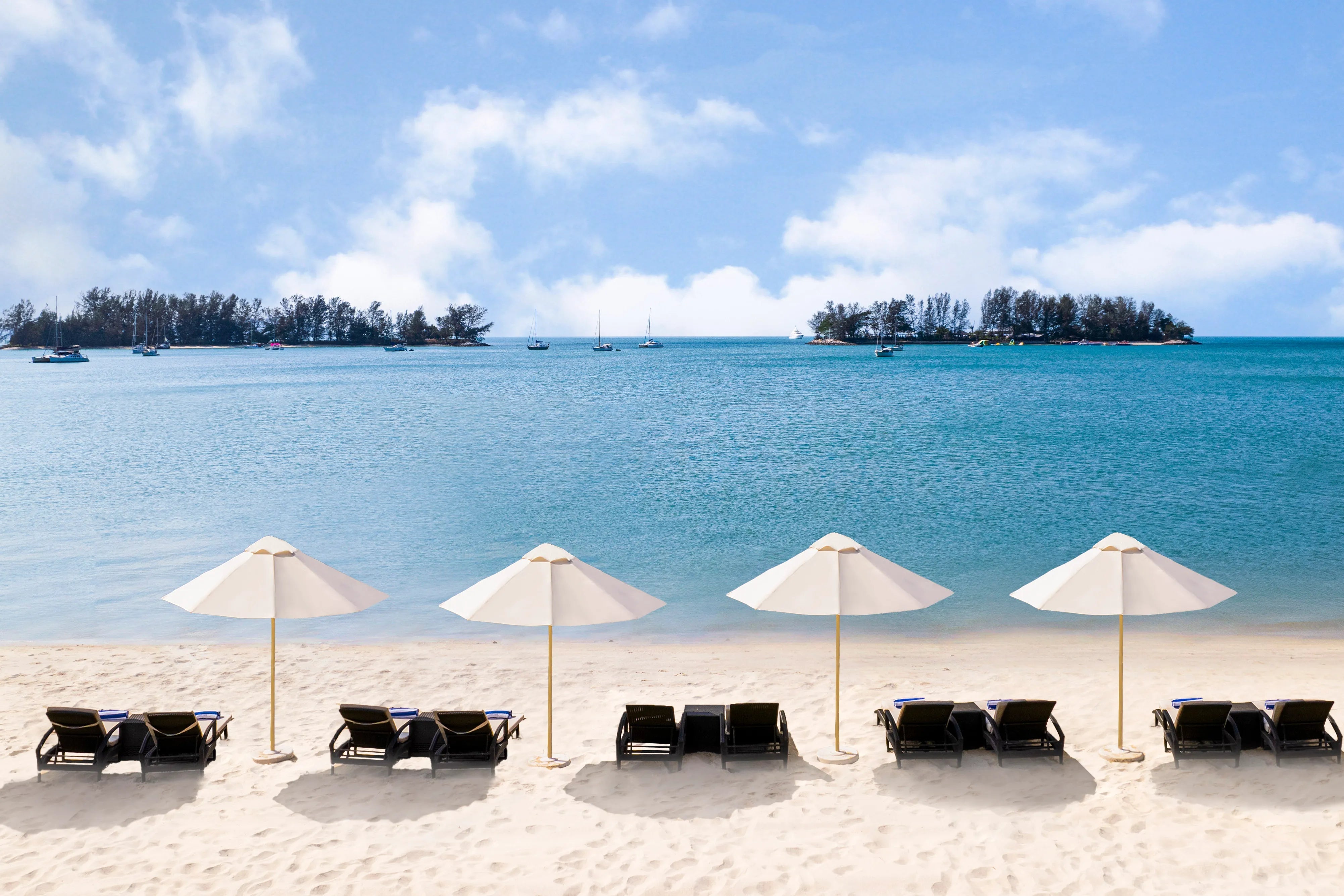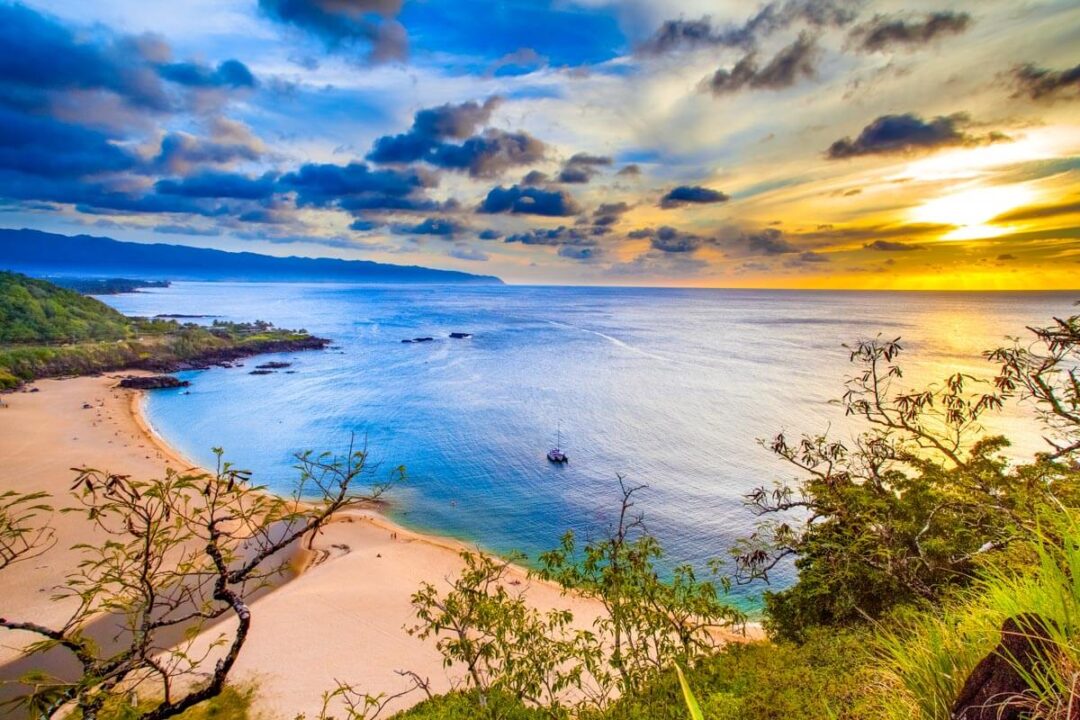It begins with warmth—a slow golden hush rolling down the hills, brushing against the palms, slipping into the sea. Langkawi, an archipelago off Malaysia’s northwestern coast, hums in long, lazy notes. The kind made of salt and coconut, sky and silence. Here, nothing rushes. Even the tide seems soft-spoken, as if it, too, has decided to stay a little longer in the moment.
Langkawi isn’t one place—it’s many, stitched together by quiet roads, rice paddies, and the scent of frangipani. Beaches unfurl gently, from the open arms of Pantai Cenang to the melancholic calm of Tanjung Rhu. Jungle rises in wild, dappled green, meeting the sea like an old friend. Monkeys chatter in the canopy, and a hovering kite eagle circles overhead, its wings catching the afternoon shimmer. But amidst the natural grandeur, it’s the slowness that lingers most.
Island Time and Soft Horizons
You feel it first in the way people move. Not sluggish, but unrushed—like they’ve learned something the rest of the world forgot. Even their greetings feel like shoreline tides: gentle, regular, without demand. In Langkawi, there’s no pressure to be or do anything swiftly. Days fold into one another under a gauzy veil of light. Morning air is thick with birdsong and the distant sputter of fishing boats. By late afternoon, wind carves waves into whispering curves. Sand here never scorches. It cradles your soles like fine sugar warmed by memory.
On the quieter parts of the island—near Pantai Tengah or beyond the mangroves of Kilim—you may find entire stretches of beach to yourself. A hammock strung between two casuarina trees. The occasional footprint. A coconut left where someone once sat and watched the tide. This is where Langkawi reveals itself not as a destination, but a feeling: soft, sun-drenched, infinite.
Cafés, Conversations, and the Color of Dusk
Daylight in Langkawi doesn’t simply vanish—it fades like watercolor ink in a tidepool. Locals gather at roadside eateries or beach cafés just before the gold turns to lavender. One such café, a gently weathered spot along Pantai Kok, plays old folk records and serves roti with honey so fragrant it stills all talk. A traveler rests her sketchbook beside a glass of lime soda. A couple shares grilled fish with their ankles buried in sand.
Even the soundscape is modest: crickets beginning their chorus, an easy mix of languages drifting from nearby tables. English, Malay, a soft thread of French. Every tone seems softened by sea air. Conversations bloom briefly, then hush—yielding again to the larger calm.
Moments the Map Can’t Show
One evening, somewhere past Datai Bay, the sky split open with color. Not just the oranges and pinks you expect, but a kind of molten stillness painted over every surface. The rocks, the palms, the water—they all shared it, reflected it back with reverence. Time didn’t stop, but something inside did.
Langkawi offers these unspeakable pauses. Down a mangrove trail. At the crest of a rice field path lit by fireflies. Or simply standing barefoot in the low tide, watching the moon find its fingers in the ripples. There’s no rush to interpret anything. Just a quiet invitation to be part of the scenery, however briefly.
The Last Light
Eventually, as all days do, the sun slips behind the western hills. But in Langkawi, even endings feel like beginnings. The stars don’t arrive all at once. They come gently, one by one, scattered across a silken sky that knows how to hold them. The air cools, sleep comes easy, and dreams smell faintly of rain-soaked earth and sea salt.
Maybe that’s why Langkawi presses so deep—it’s not just the beauty, but the space it offers for reflection, for slowing down, for returning to yourself. A place not to cross off a list, but to lose track of time entirely. Like a seashell you never meant to find, but now carry with you wherever you go.








Share:
The World’s Most Chill Beaches - Klong Dao Beach
Salt on the Breeze: Tioman Island Location